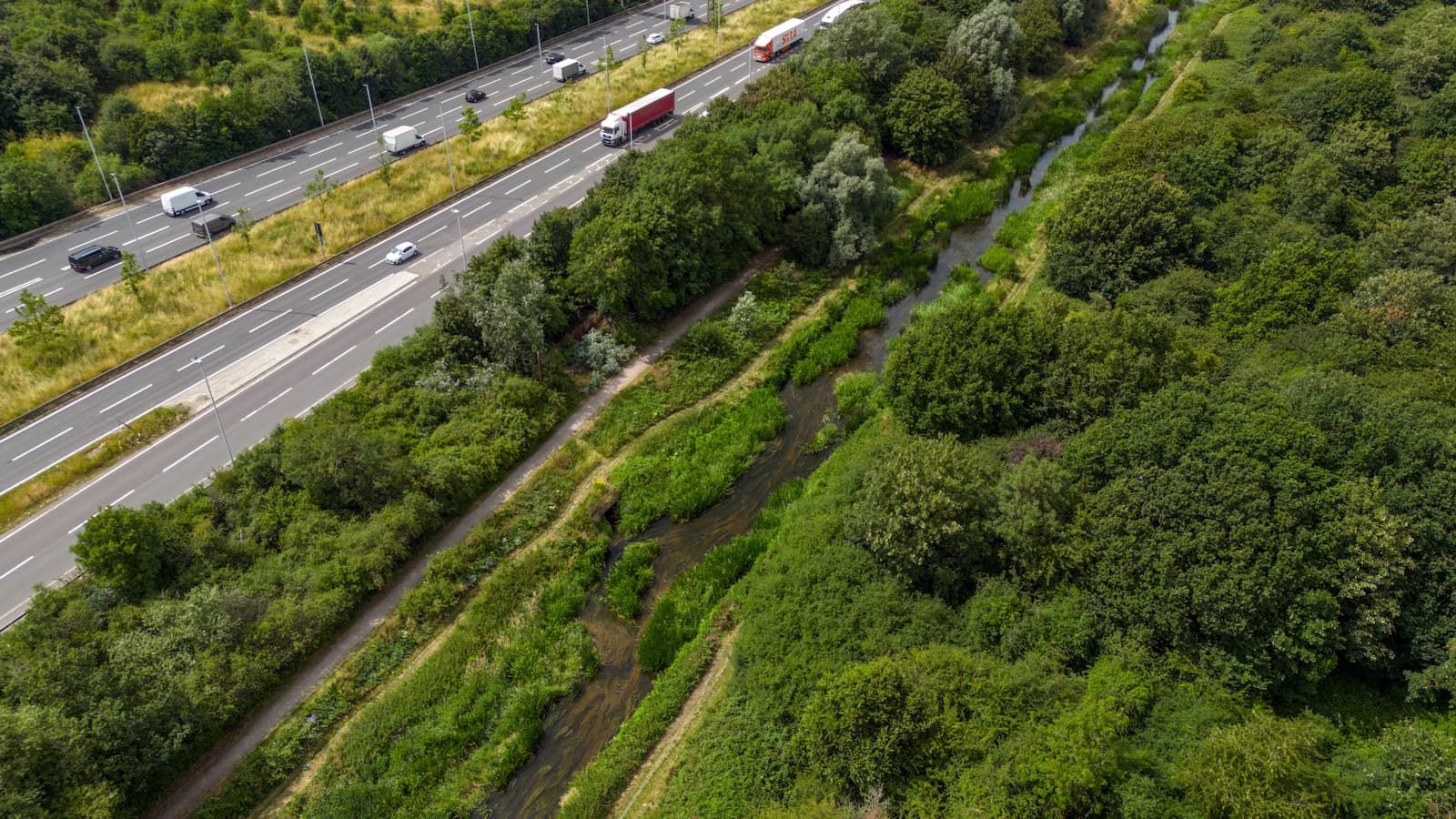
"Along the River Roding in East London, Japanese knotweed has spread across a continuous three-mile stretch, making it one of the largest known infestations in the UK. The plant's underground roots and dense growth threaten nearby homes, potentially reducing property values and complicating sales. Without removal of the Japanese knotweed it risks spreading year after year, leaving residents facing both financial and environmental challenges."
"Japanese knotweed is not just unsightly. Its underground rhizomes can penetrate foundations, driveways, and walls, putting properties at financial risk. Transport for London confirmed it is treating affected land, while Network Rail is monitoring tracks and embankments. Homeowners near the infestation could face costly remediation, and in some cases, their homes may be difficult to sell."
"The nightmarish beauty of knotweed. I went inside the largest knotweed patch on the River Roding to take a closer look & was struck by how alien this plant is. The patch I went to is so old that the plant has formed clumps like coppiced stools which you can walk between. Above,... https://t.co/UMMbpfqsuN pic.twitter.com/wDMiqKModw September 26, 2025"
Japanese knotweed has established a continuous three-mile infestation along the River Roding in East London, representing one of the largest known UK infestations. The plant’s underground rhizomes and dense stands threaten nearby homes by penetrating foundations, driveways, and walls, and by reducing property values and complicating sales. Transport for London is treating affected land while Network Rail monitors tracks and embankments. Homeowners face potential costly remediation and difficulty selling properties if infestations persist. Large, mature patches can form clumps and overhead canopies that block light and eliminate other vegetation, allowing the knotweed to expand each year.
Read at Homebuilding
Unable to calculate read time
Collection
[
|
...
]